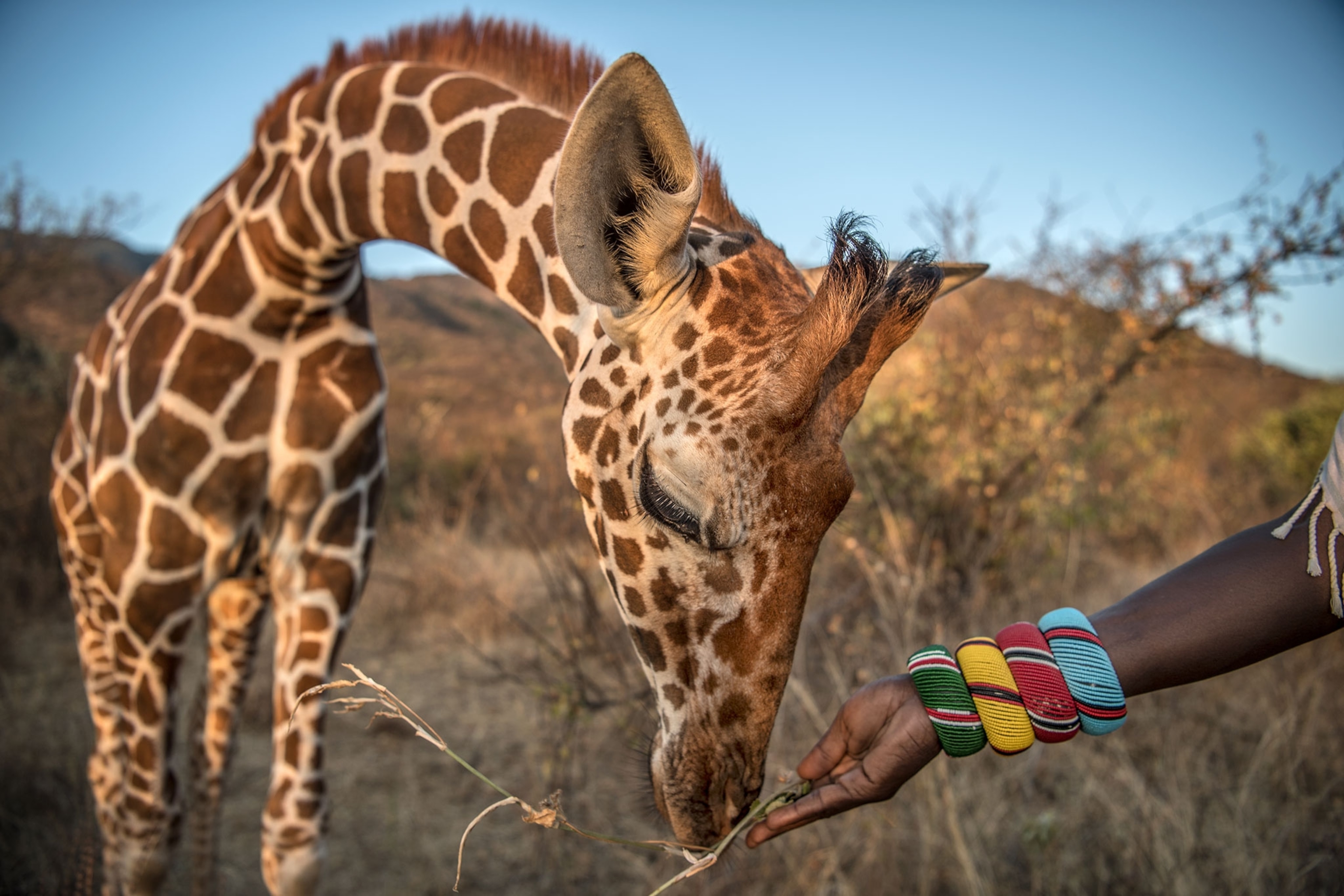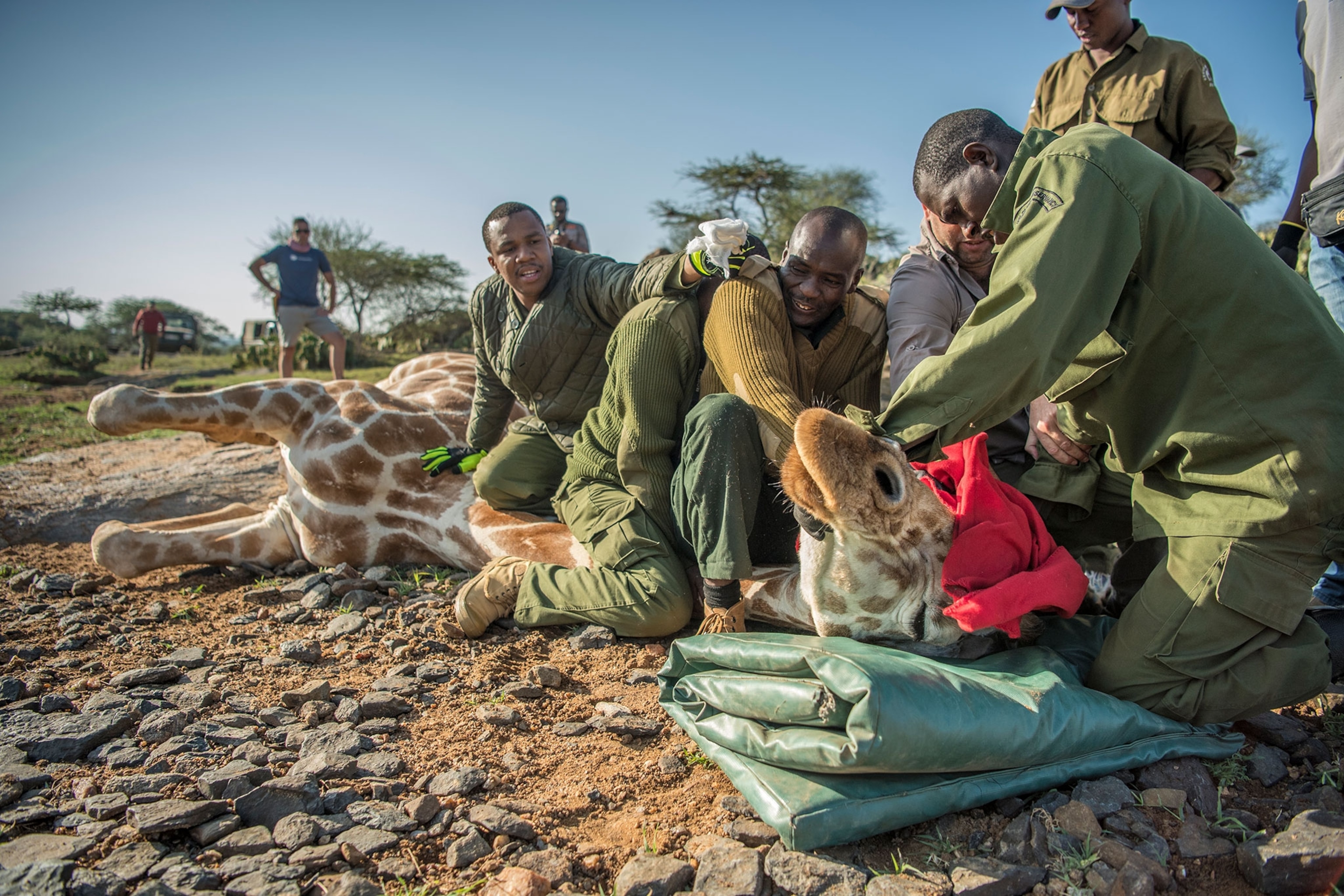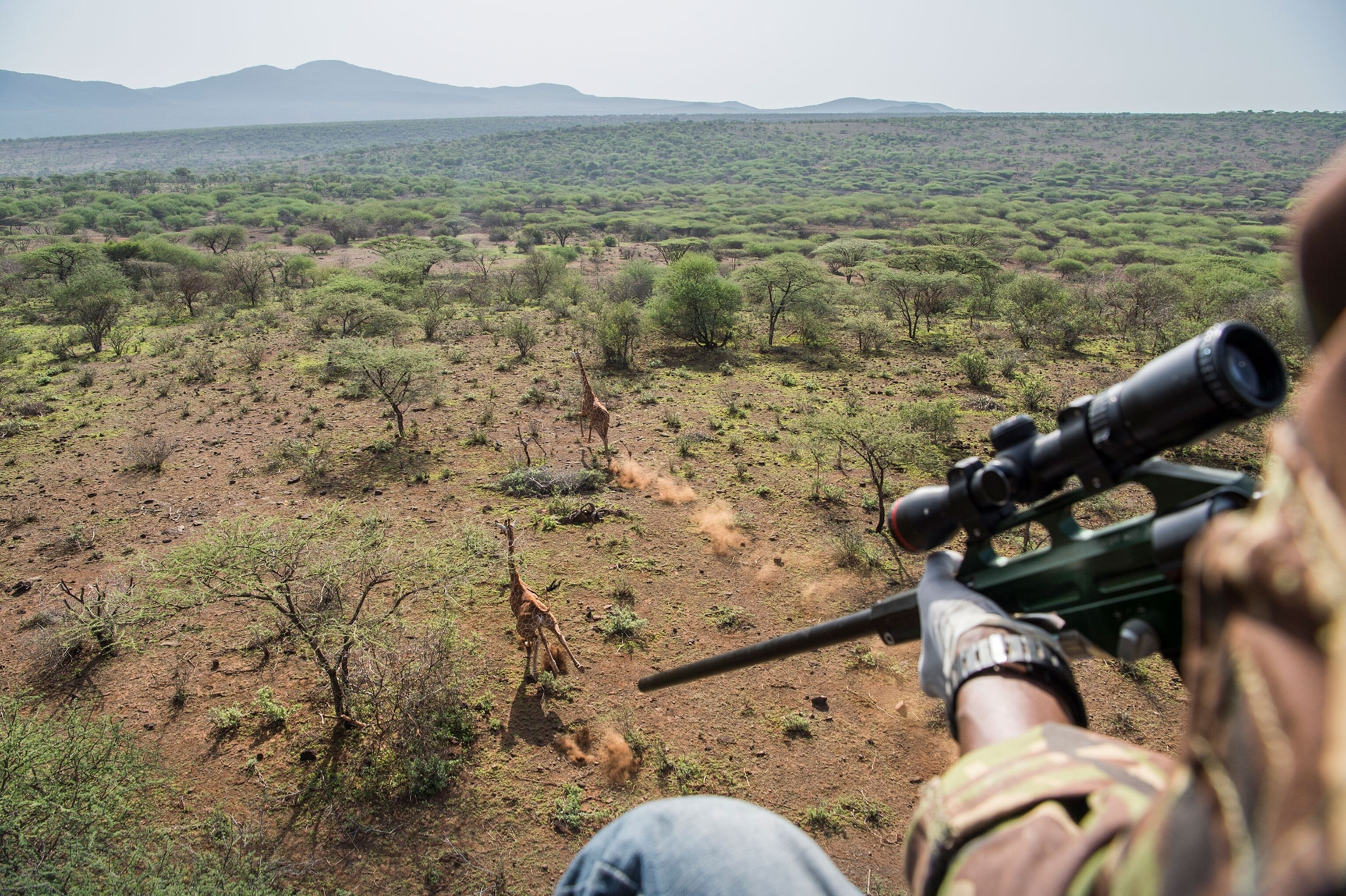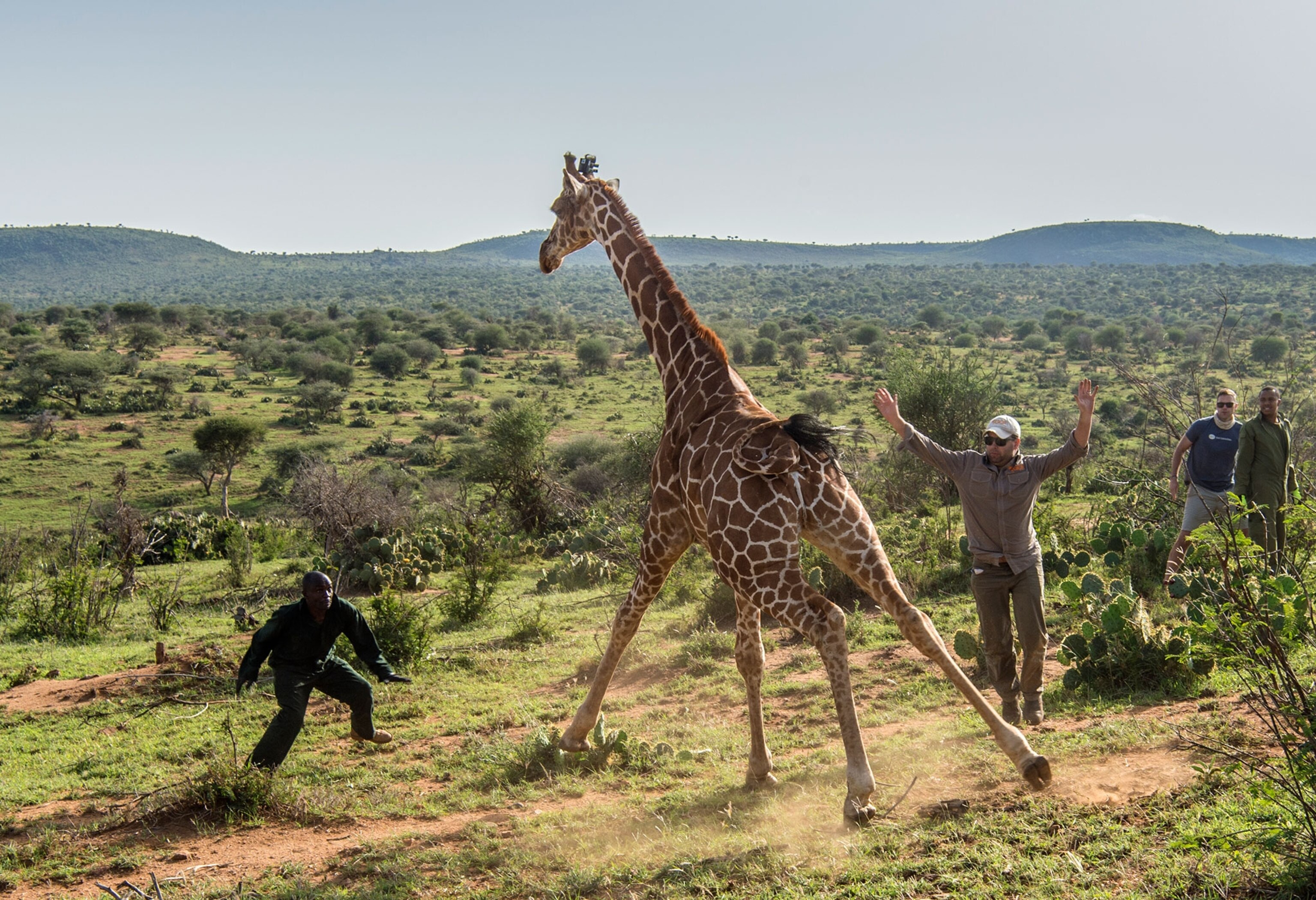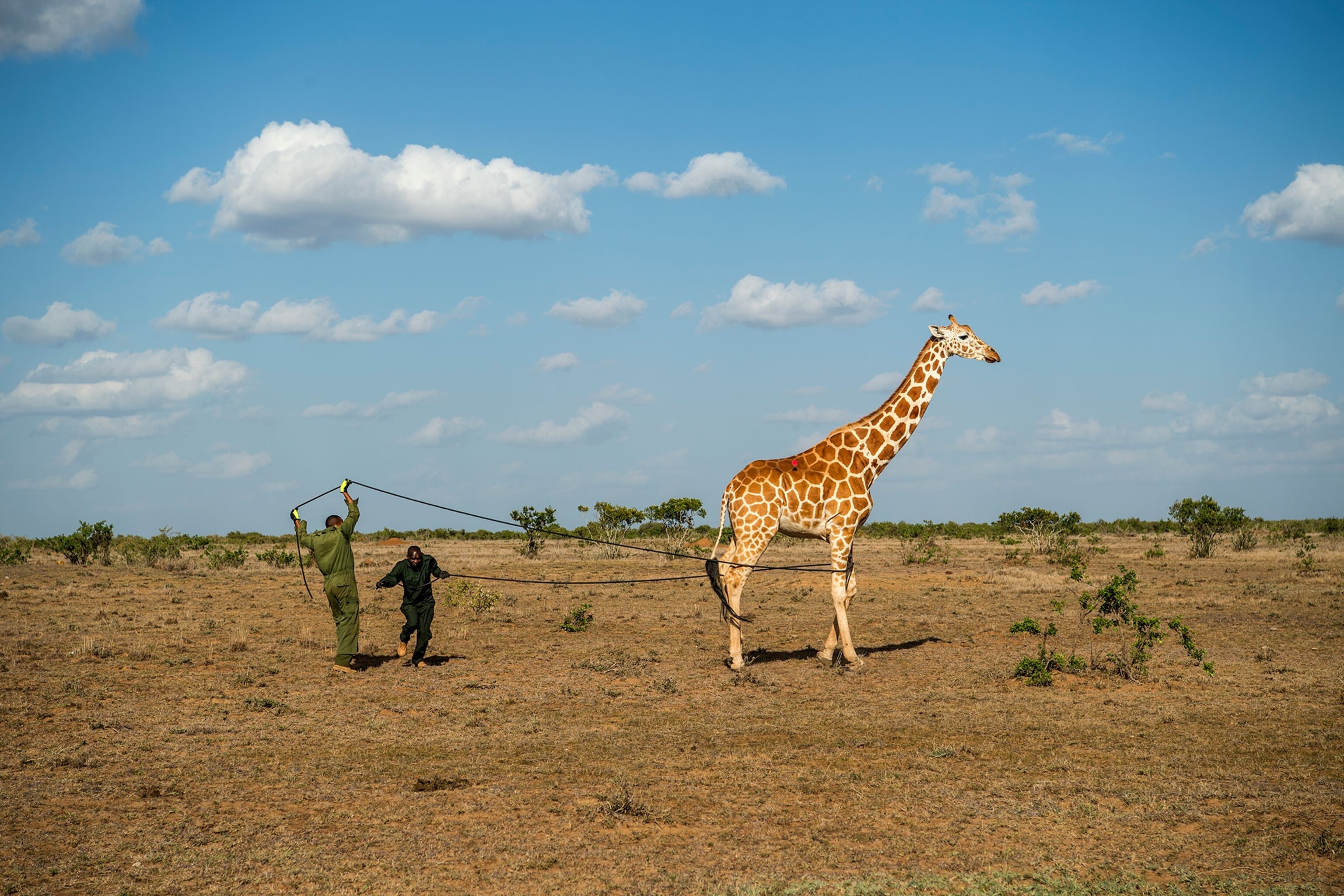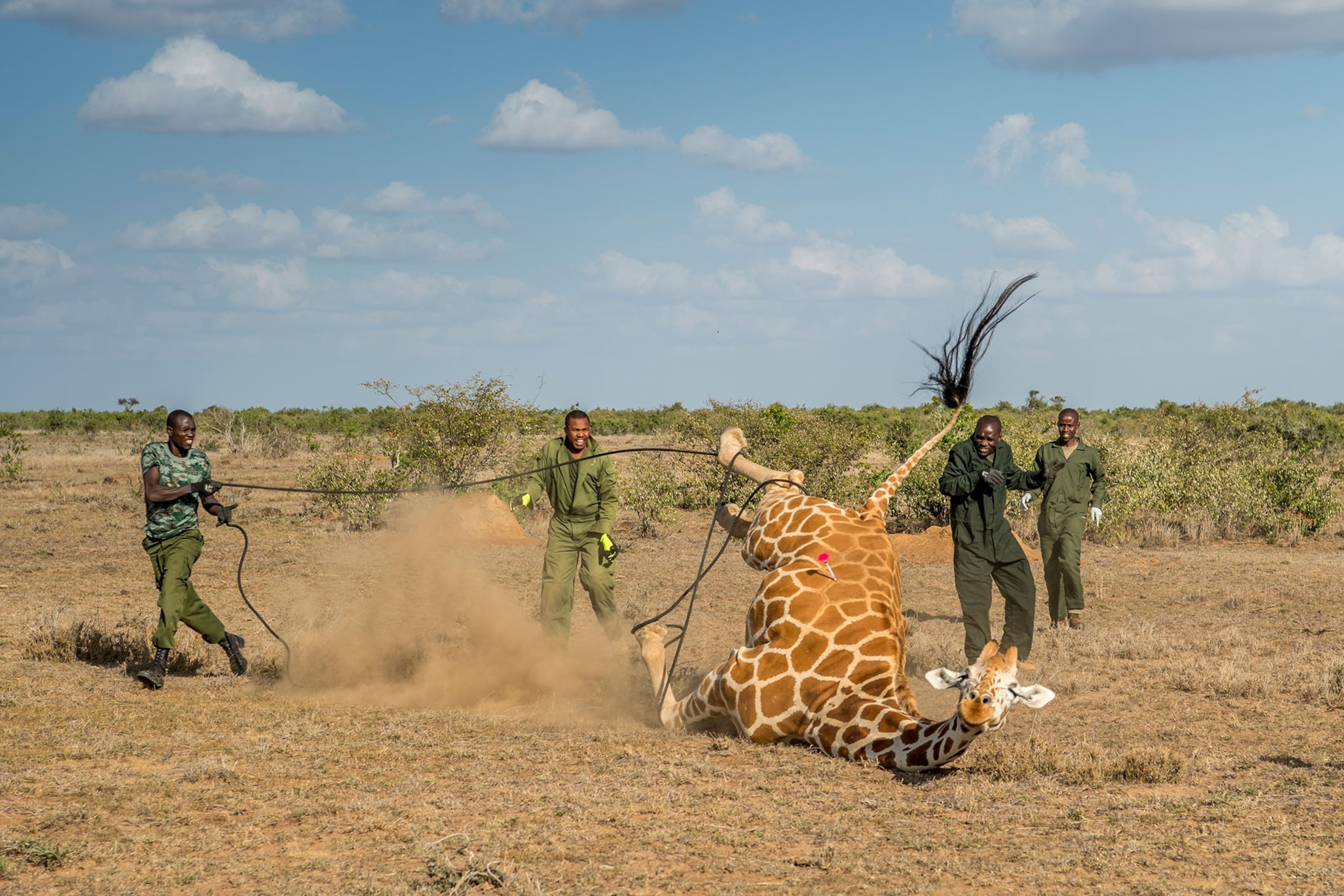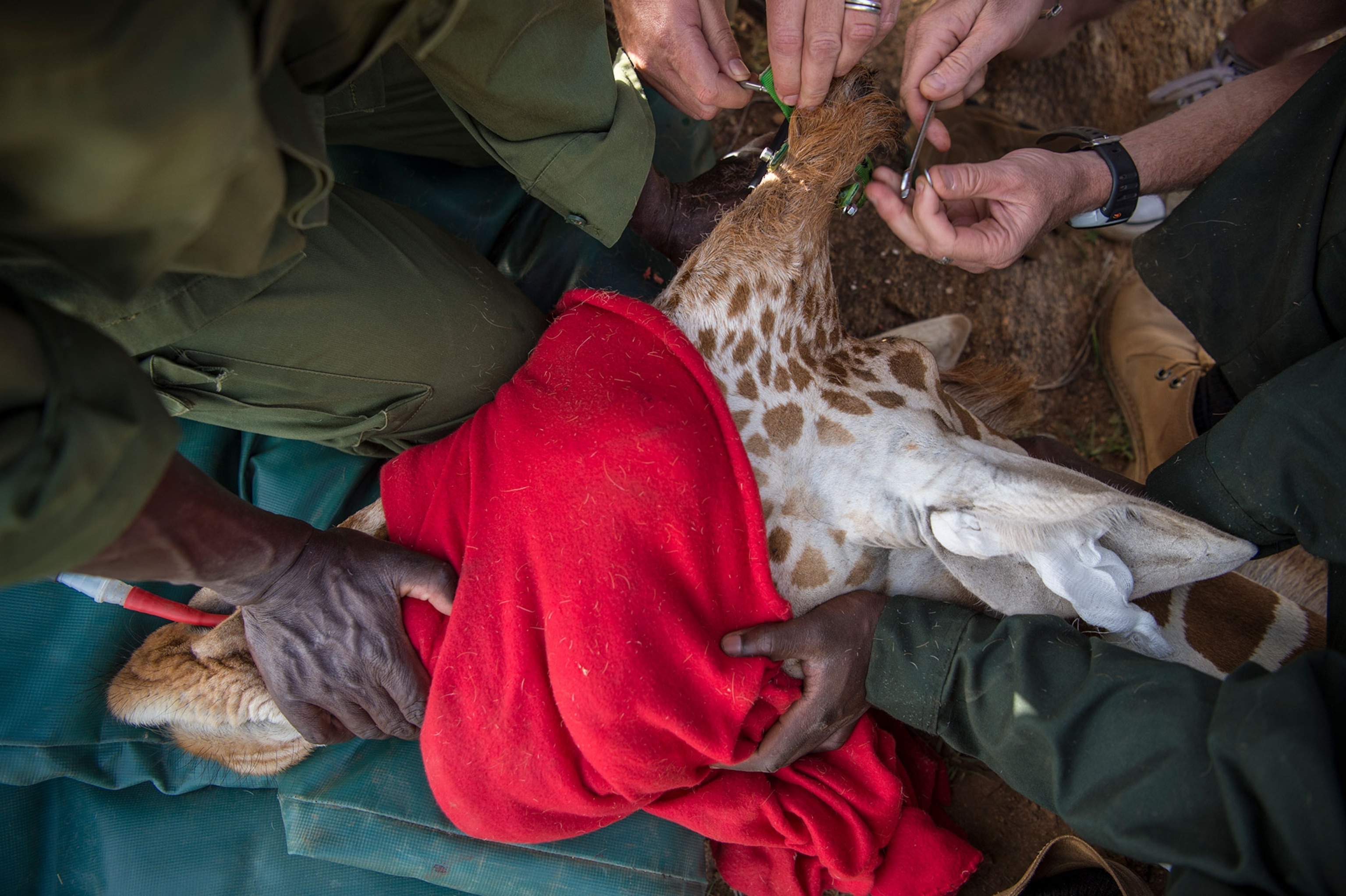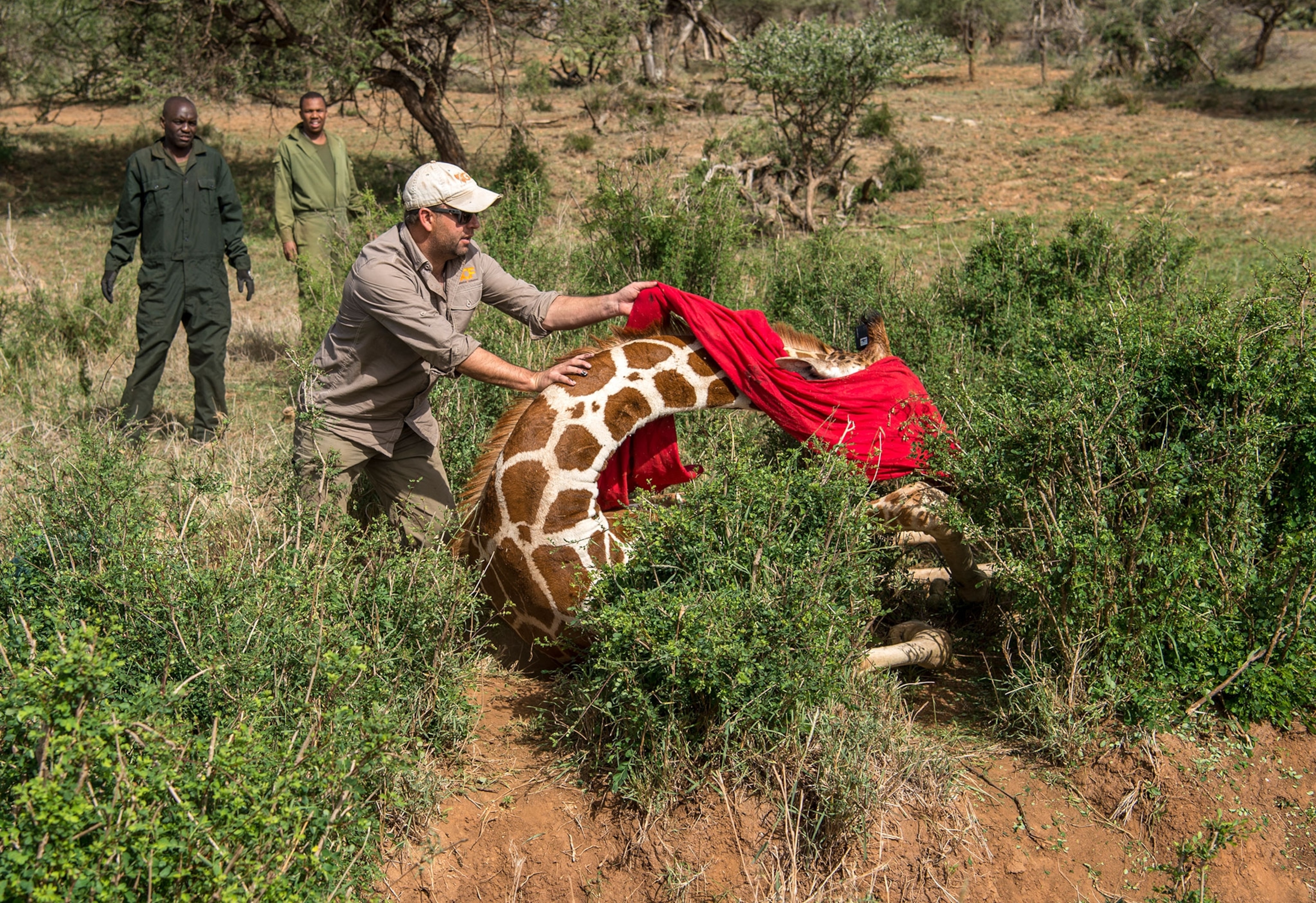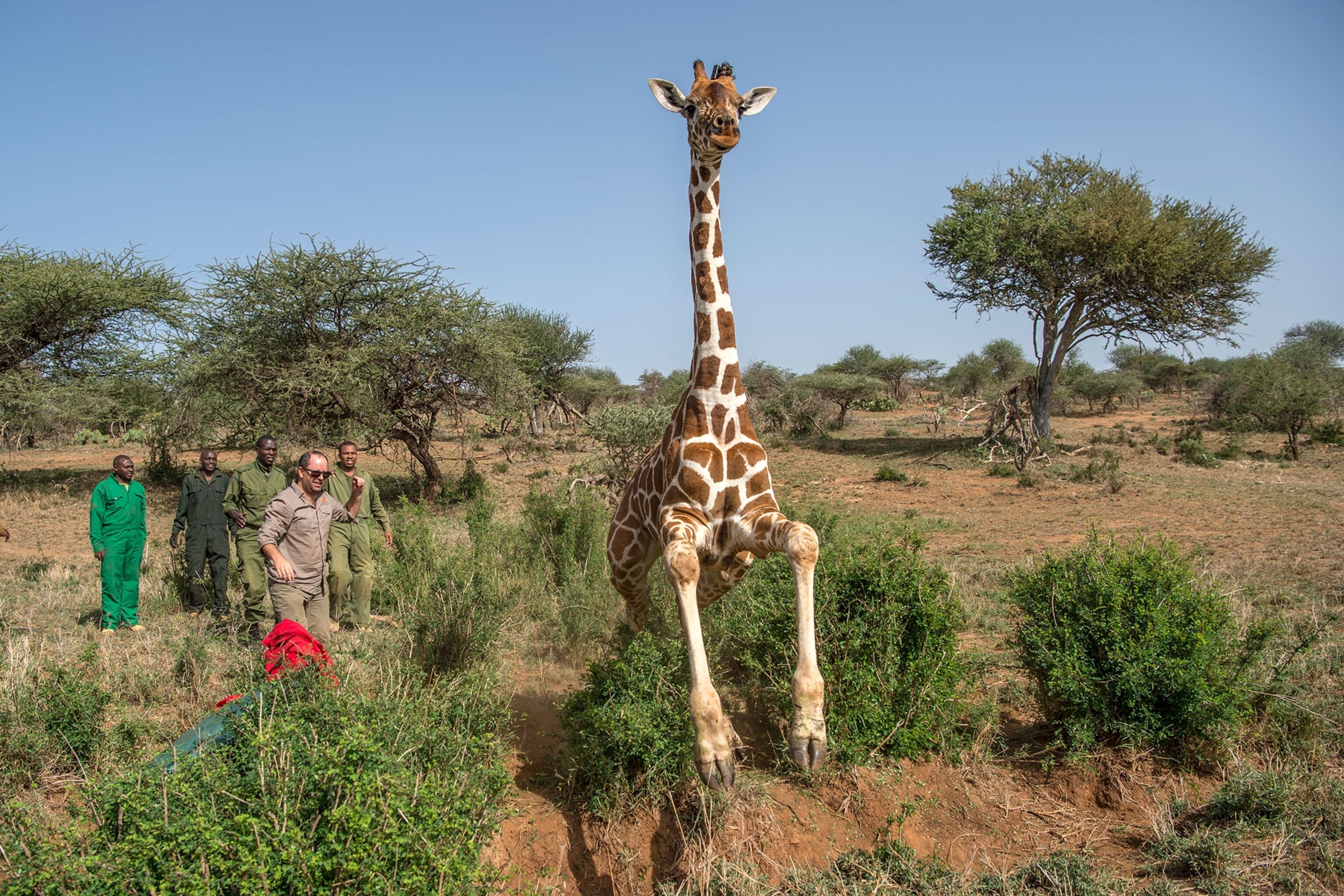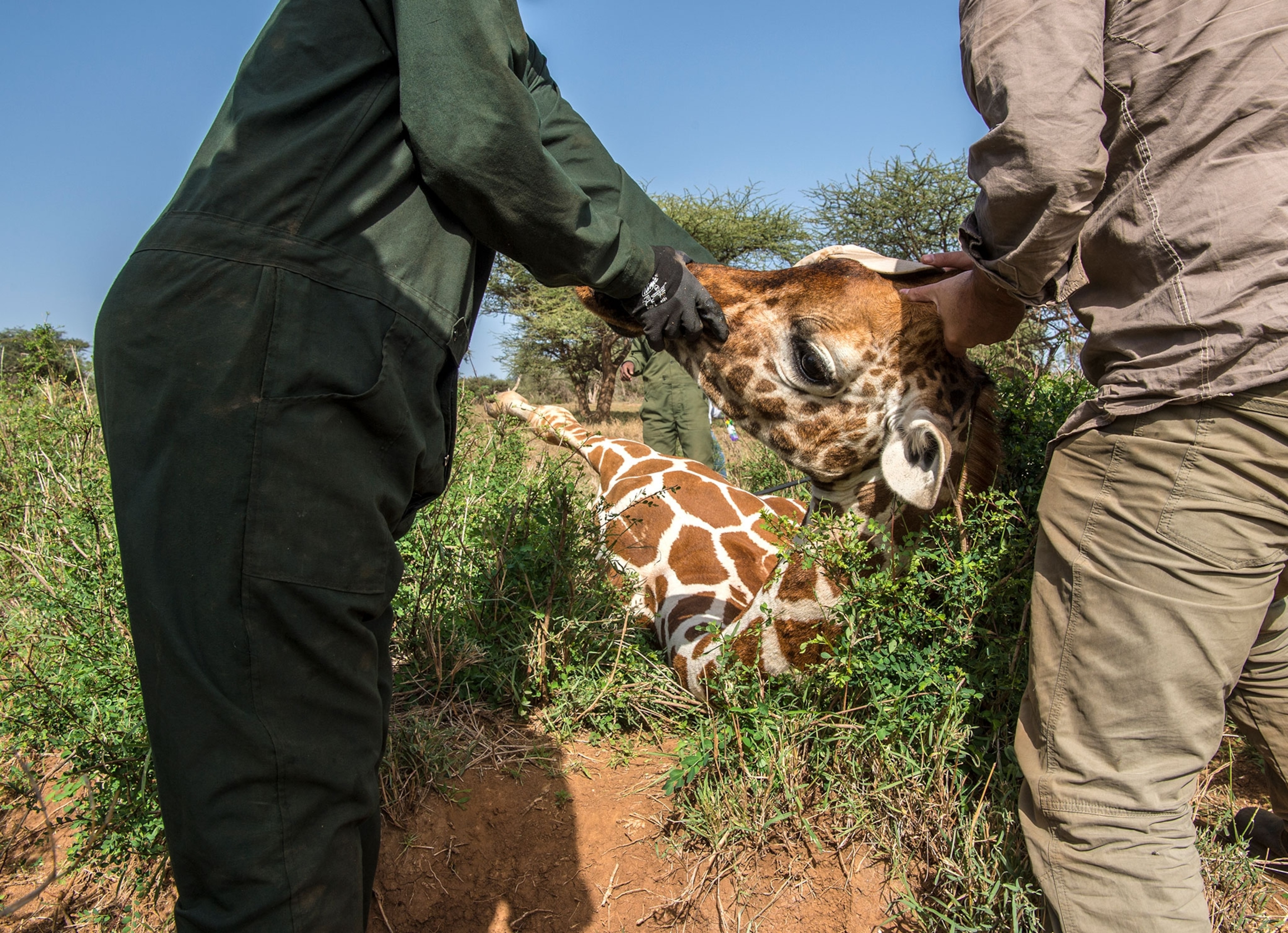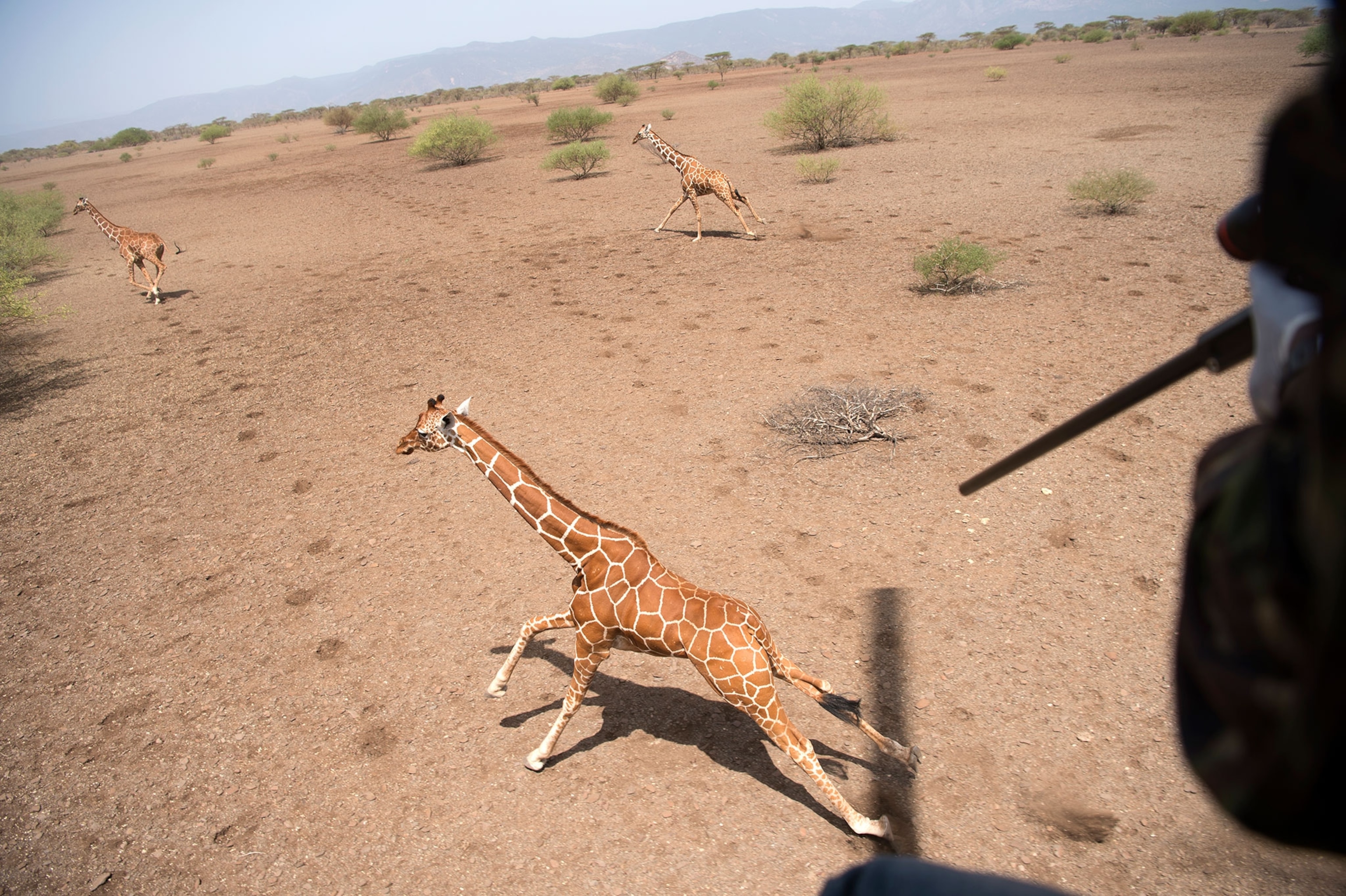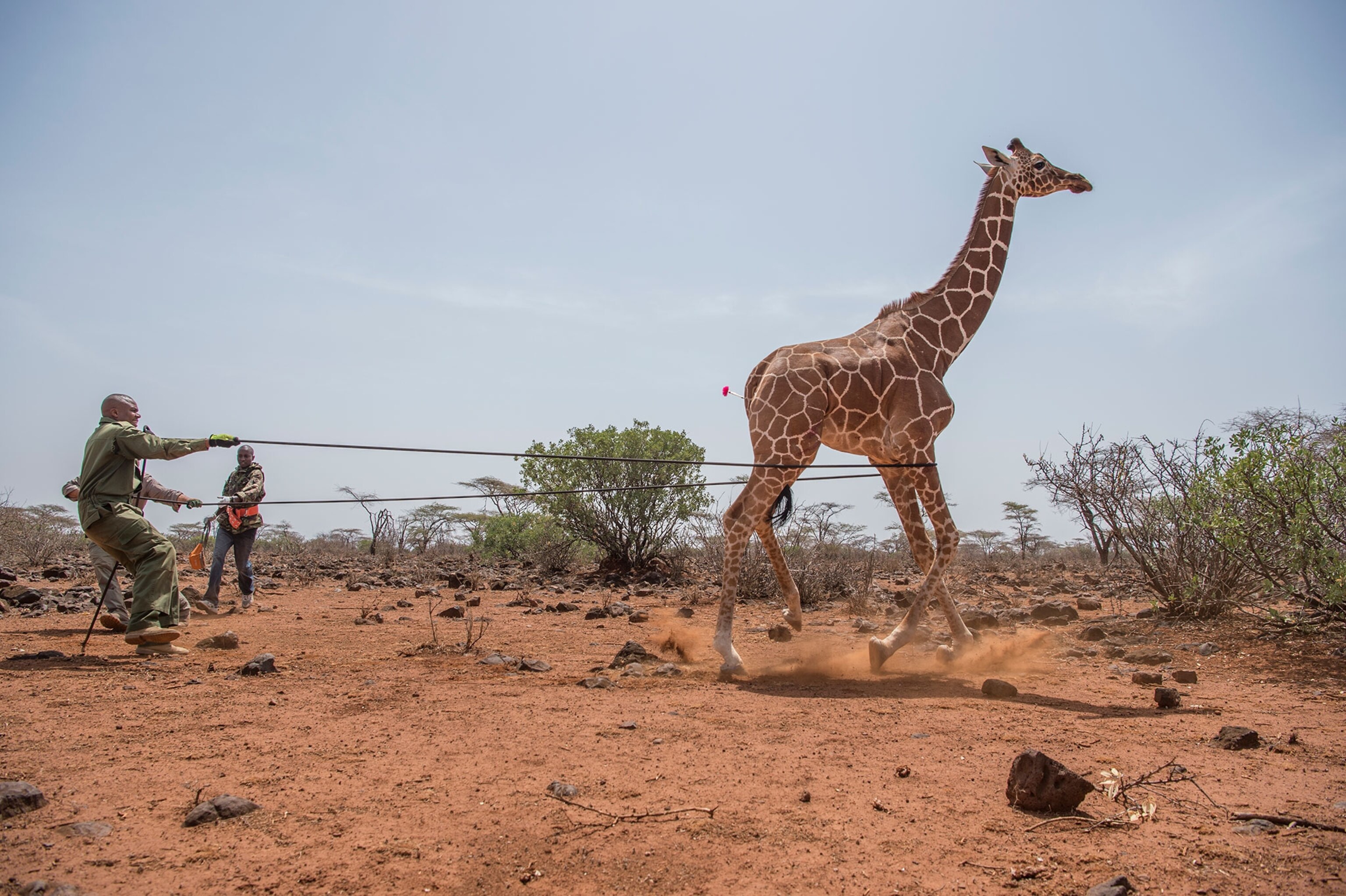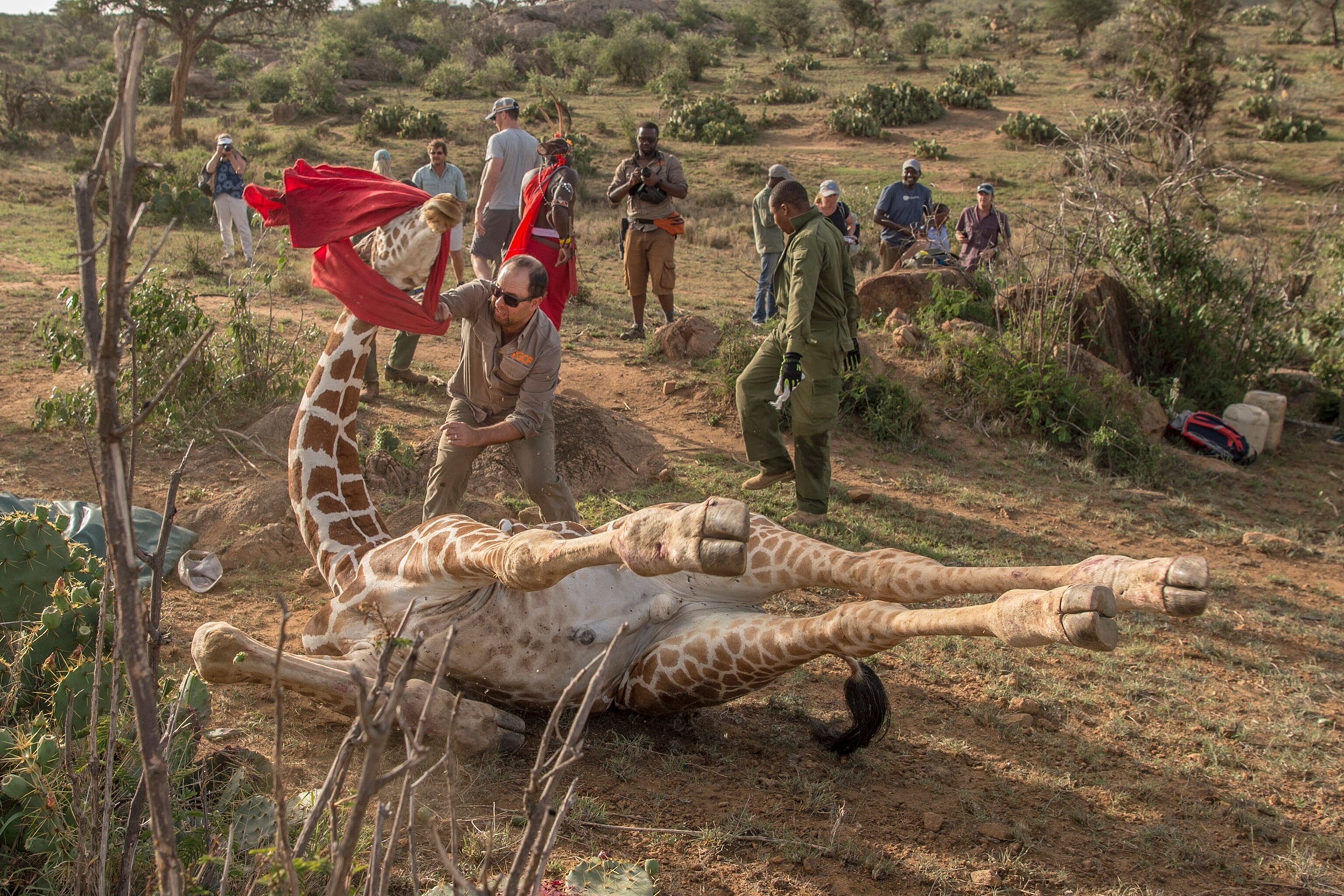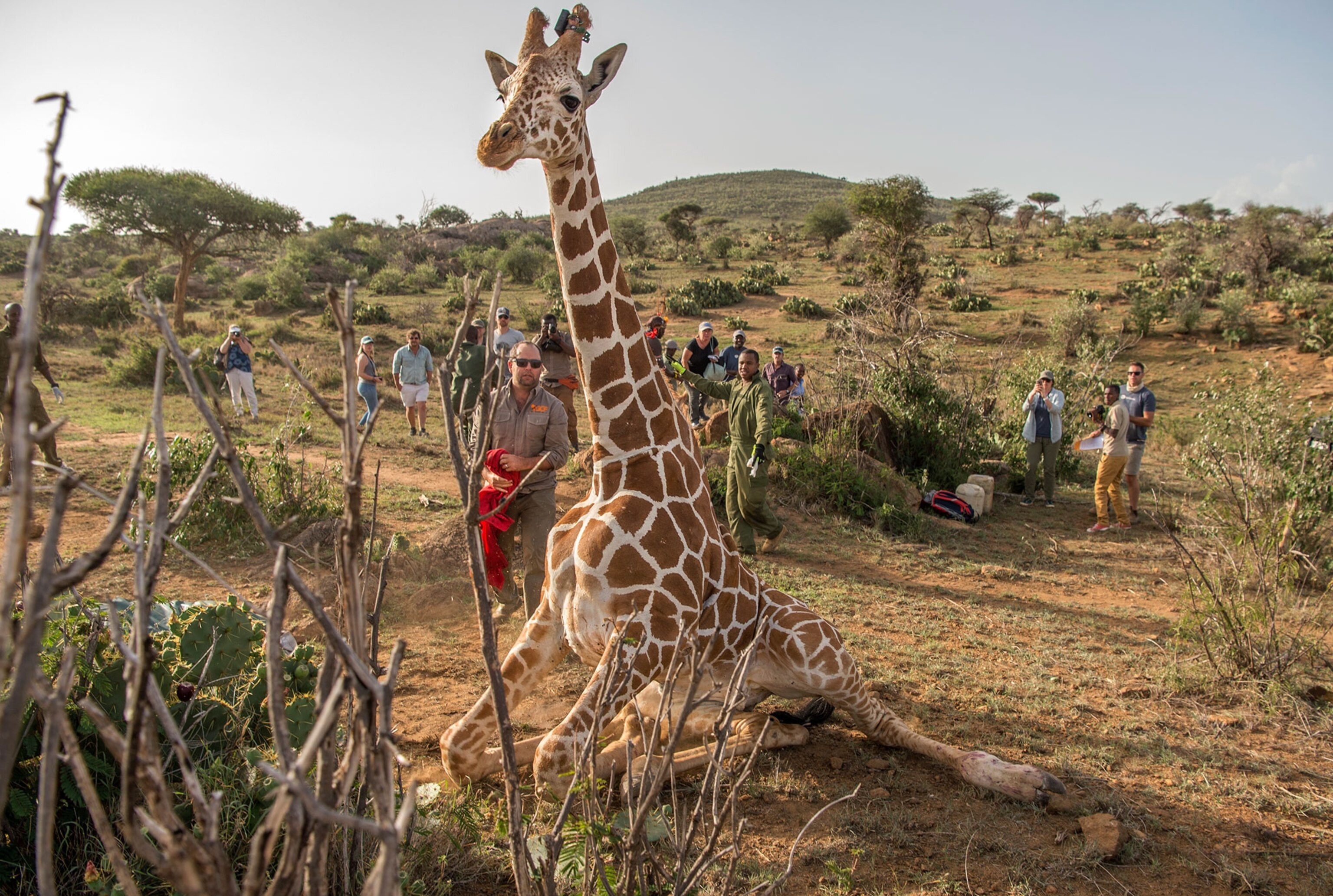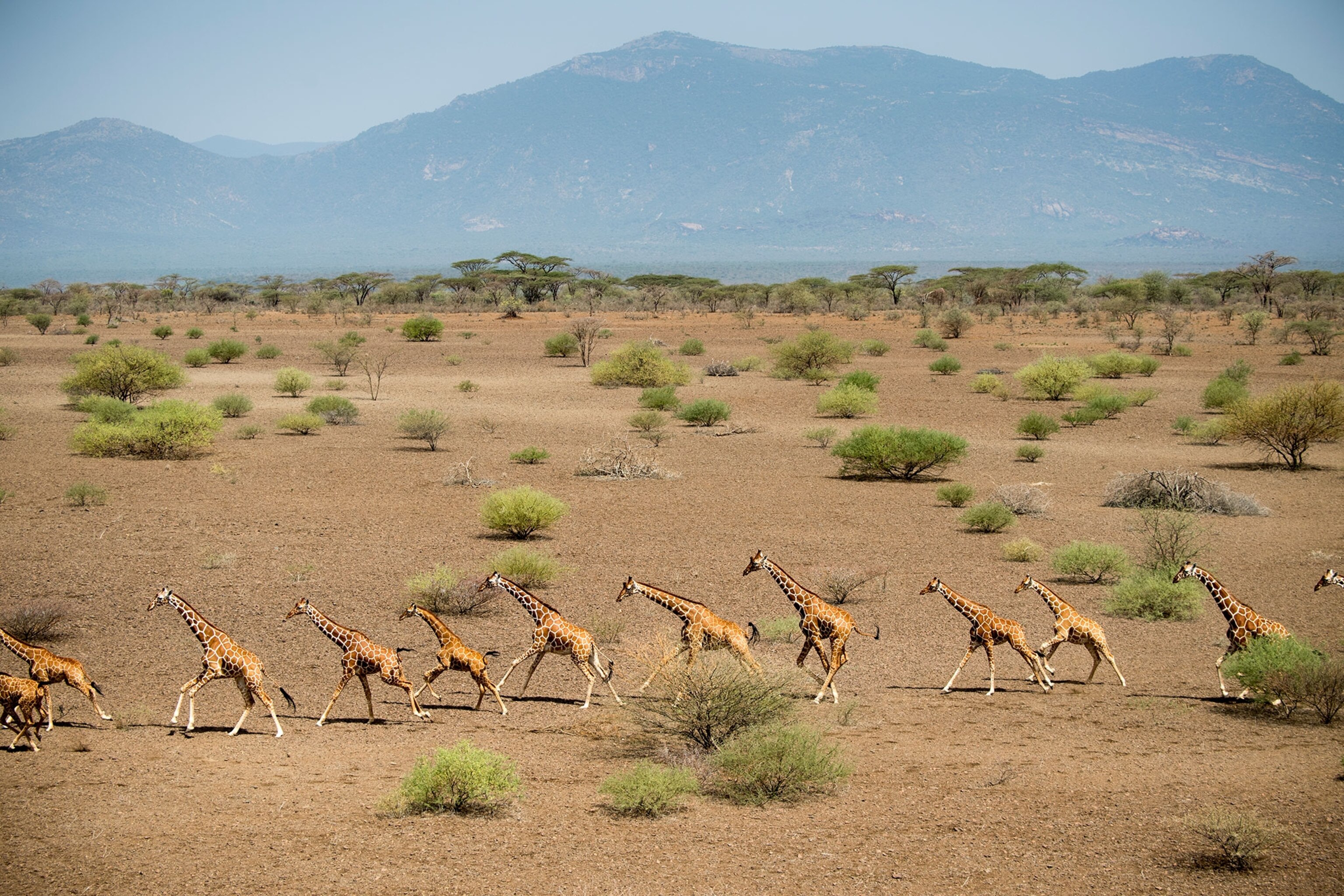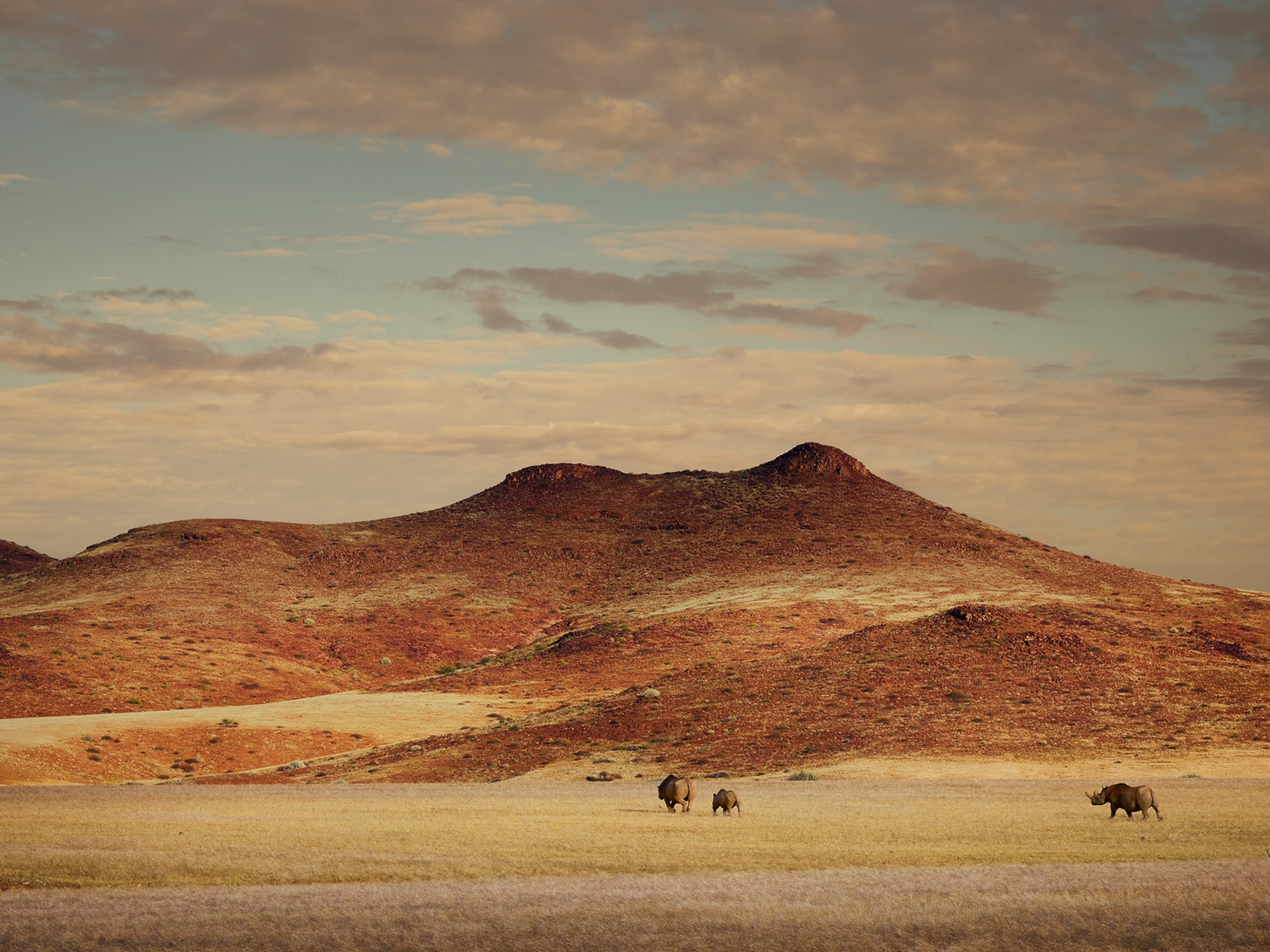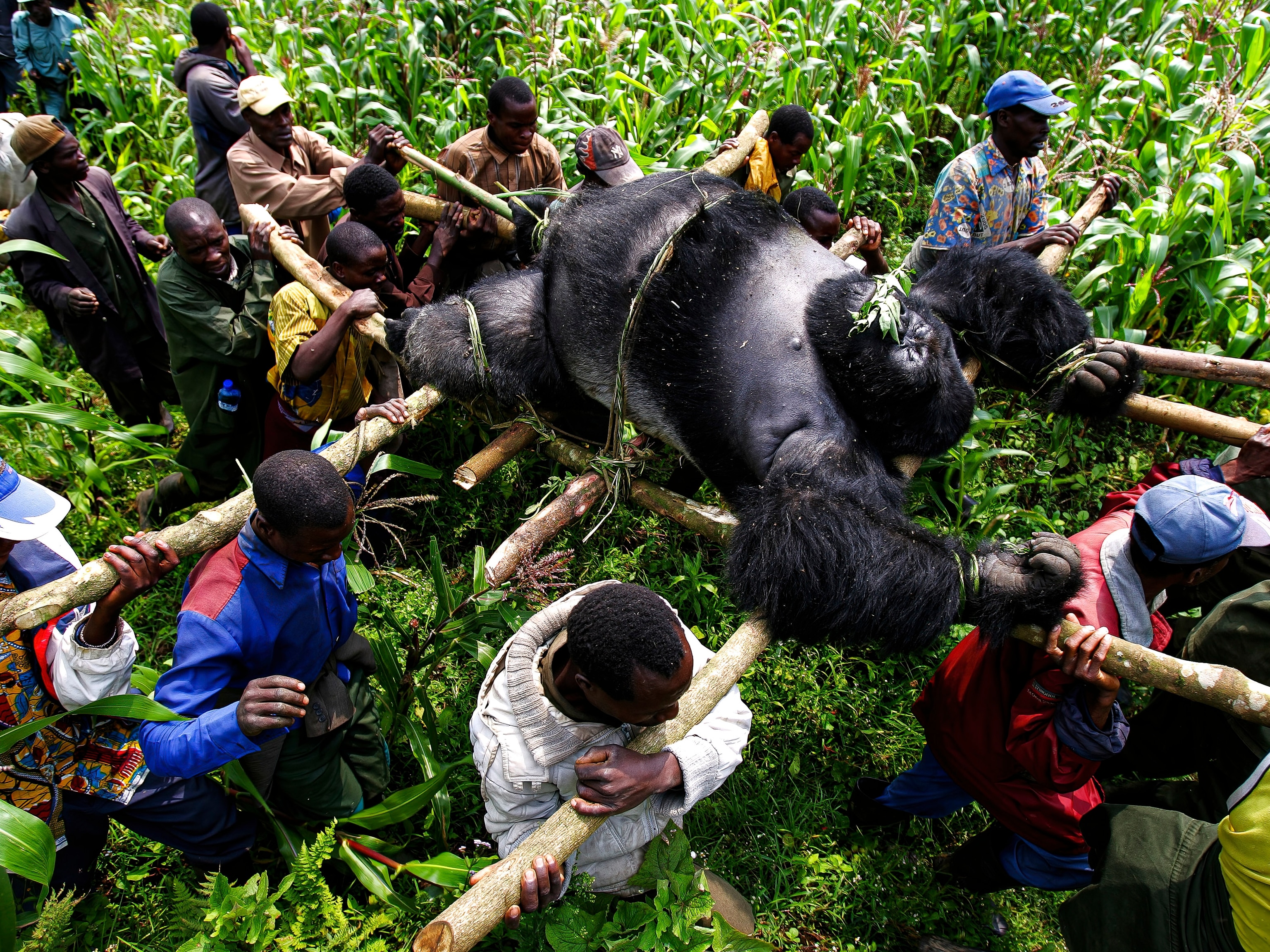How to save the world's tallest animal
On World Giraffe Day, see how conservationists are working to save Earth's tallest animals from a 'silent extinction.'
Though every schoolchild knows the tallest animal in the world, giraffes are often forgotten when it comes to conservation.
During the past 30 years, the African herbivore’s numbers have plummeted 30 percent. Habitat loss and fragmentation, coupled with poaching, have mostly driven the decline, but because there have been no long-term conservation efforts, it’s hard to know what’s really happening.
Making matters worse, scientists know very little about giraffe behavior: how they live, the space they need to survive, where they move, and even why their necks are so long. (See 14 incredible pictures of giraffes.)
According to the International Union for Conservation of Nature, all giraffe belong to a single species, which are divided into nine subspecies. But a study published in 2016 challenges his notion, suggesting there may be four distinct species, each of which live in a different part of Africa.
If that’s the case, the northern and reticulated giraffe species may each have fewer than 10,000 individuals left on Earth.
Known for their unmistakable patterned hides, reticulated giraffe live predominantly in northern Kenya, with some remnant populations possibly living in southern Ethiopia and Somalia. The reticulated giraffe has dropped in number by 80 percent in recent decades due to habitat destruction and poaching. (Related: "Giraffes, Zebras Face Surprising Top Threat: Hunting.")
David O'Connor, a conservation ecologist with San Diego Zoo Global; Julian Fennessy, executive director of the Namibia-based Giraffe Conservation Foundation; and the Northern Rangelands Trust, a group of northern Kenyan community conservancies and The Nature Conservancy are all working to untangle the mystery behind their rapid decline. (See "Inside the Fight to Stop Giraffes' 'Silent Extinction.'")

In the first week of June, scientists collared a total of 11 giraffe in Loisaba Wildlife Conservancy and the Leparua Community Conservancy, as well as attached tiny, solar-powered trackers to the bony horn-like structures on top of their heads.
The process isn’t easy. During the recent fieldwork, Kenyan Wildlife Service veterinarian Mathew Mutinda darted the shoulder or hindquarters of a reticulated giraffe from both a car and a helicopter. As the drug took effect, the giraffe would start "high-stepping"—resembling the movements of a Lipizzaner stallion. Four men would then quickly and quietly run a rope around the giraffe's legs to bring it down safely. After about 10 minutes, the experts would attach the trackers and release the animal.
These GPS trackers will gain critical insight into reticulated giraffes' preferred habitat, their home ranges, and more. Knowing which areas are vital to them at different times of year, as well as how they move across the landscape, is essential to ensuring their survival.
If successful, collaring giraffe may assist communities and conservancies to protect these towering icons of Africa.
